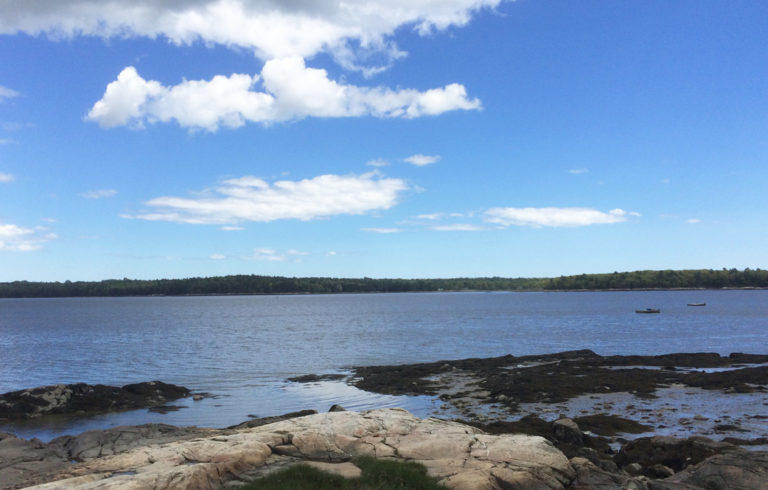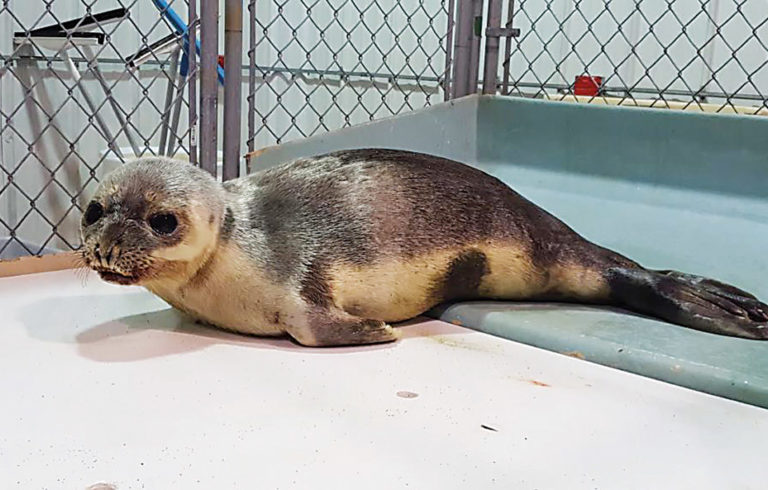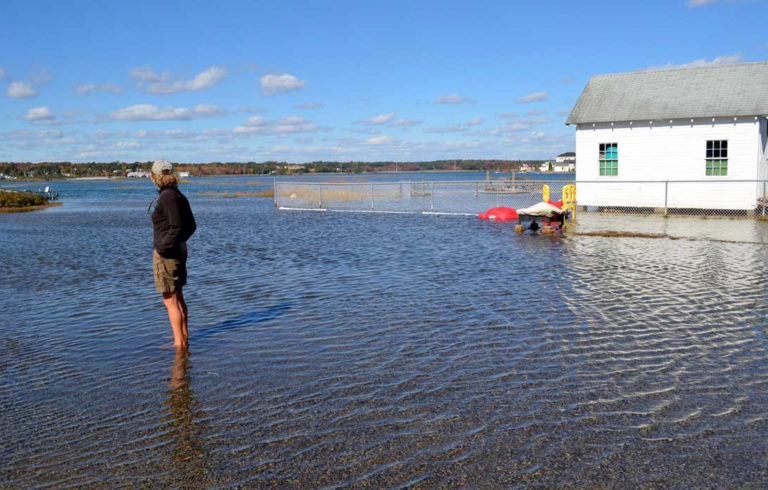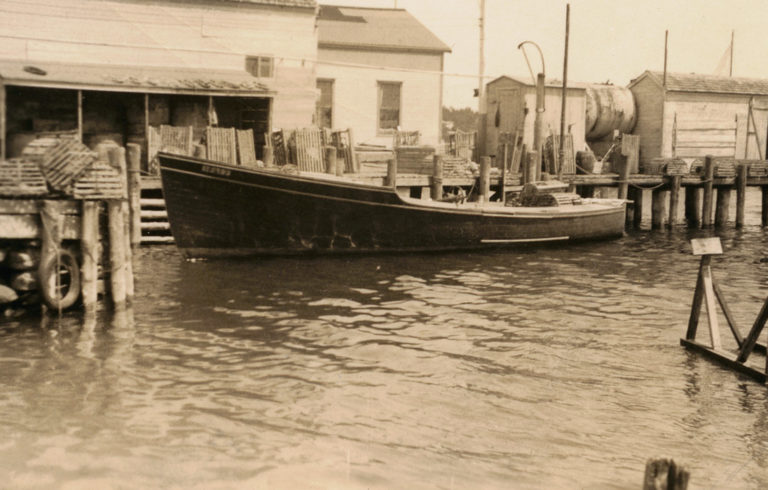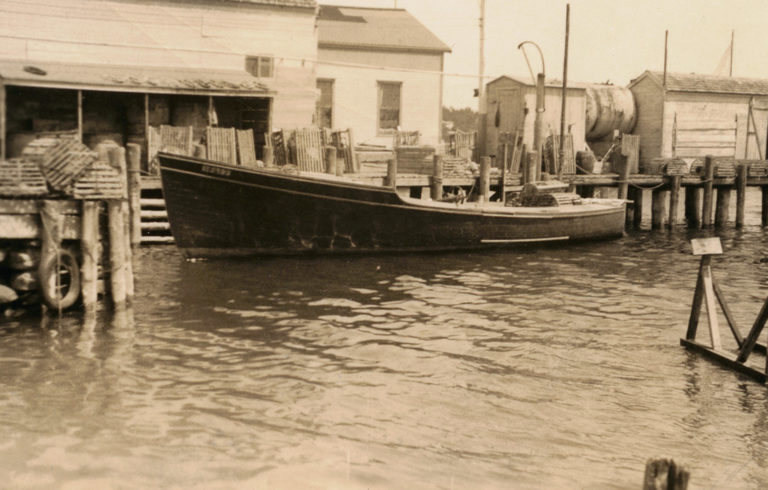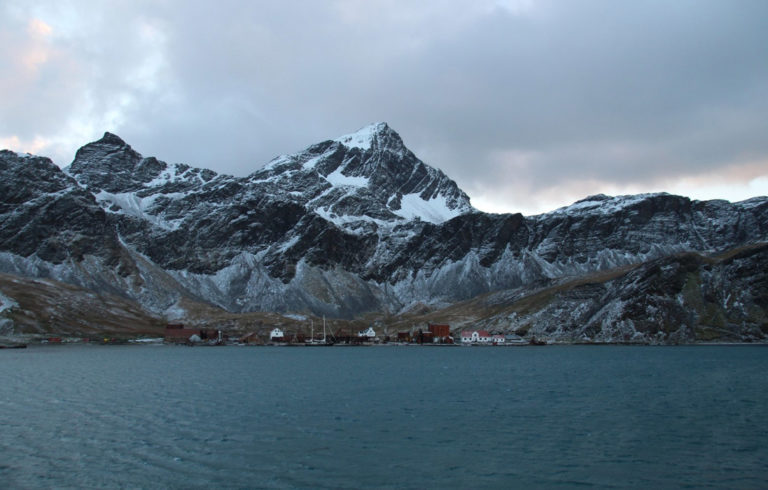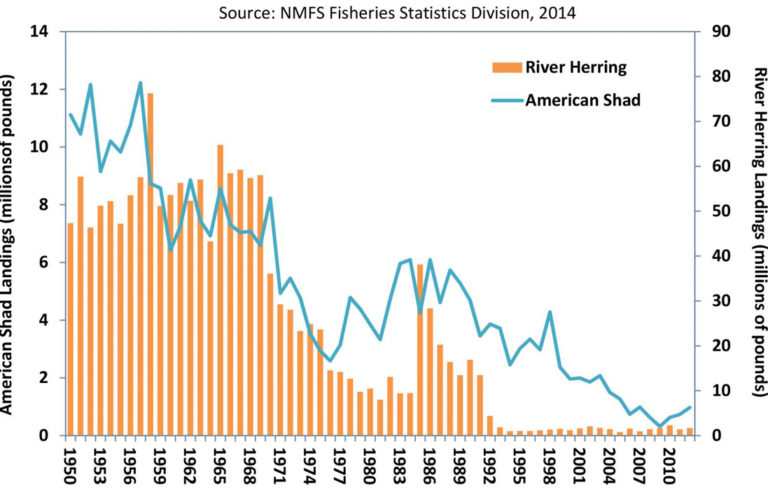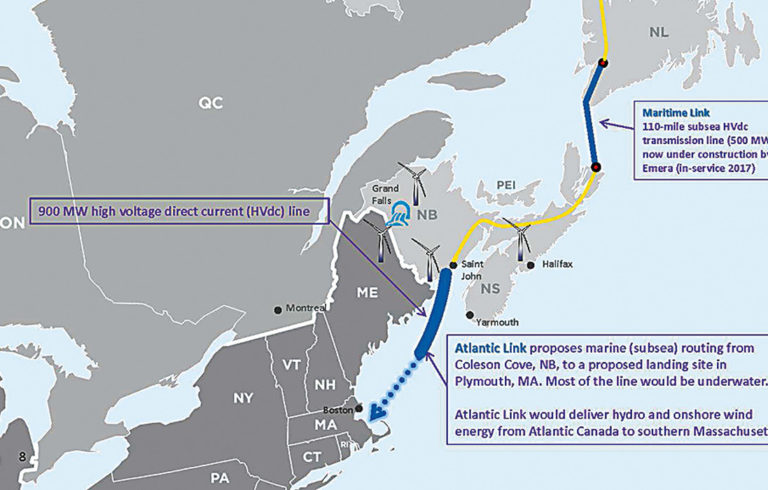Working Waterfront
Estuary Beat: Cleaning the Medomak, a beach conference, and fish passage in the Bagaduce
Beaches Conference to address access, erosion The 2017 Beaches Conference takes place July 14 at Wells High School. In addition to a new location, the biennial event has expanded to include coastal New Hampshire. The program for the day is packed full of presentations, workshops, field trips, demonstrations, and exhibits,… SEE MORE

